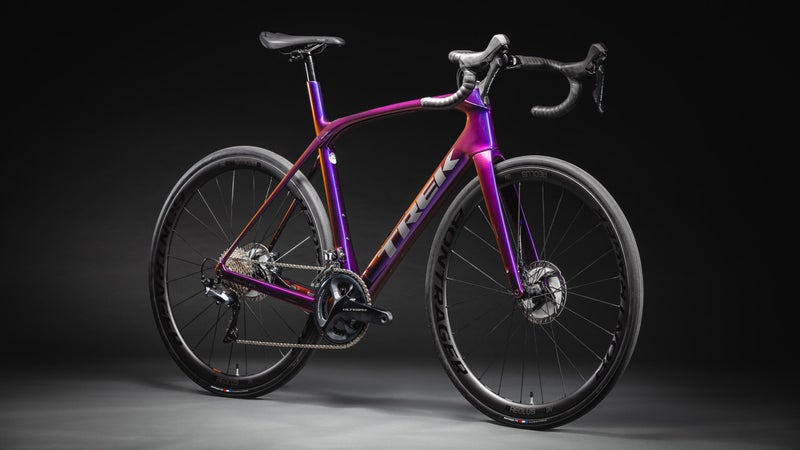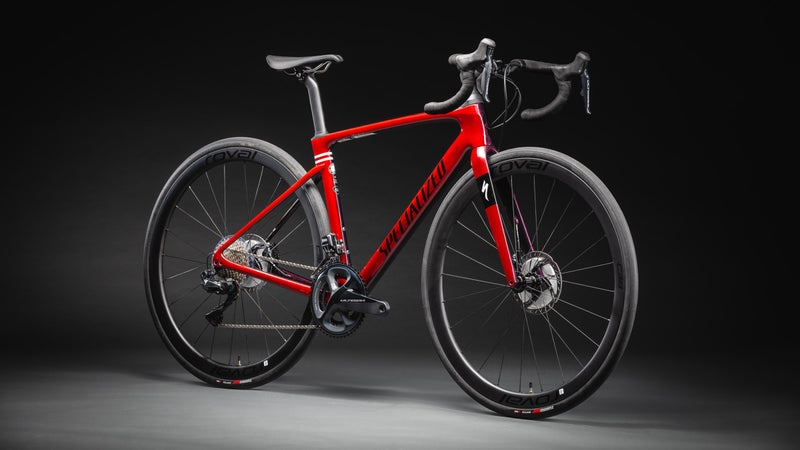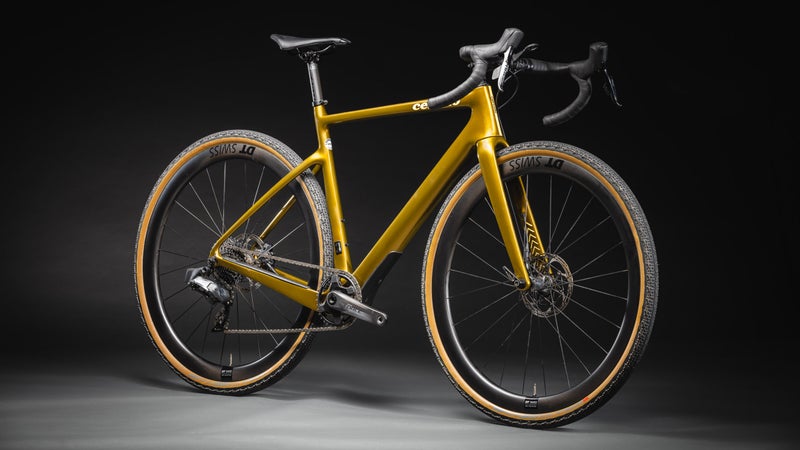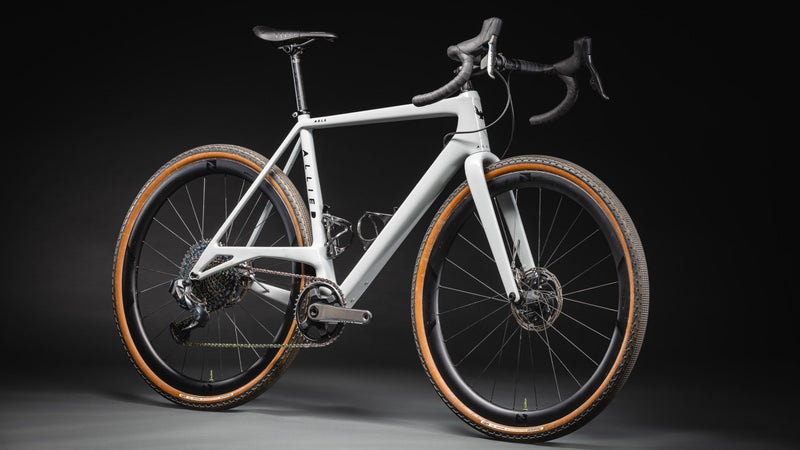ItÔÇÖs a weird and wonderful time in the world of road bikes. Brands have transitioned away from designing them solely for the highly specialized needs of professional road racers and are now putting a refreshing emphasis on creating steeds that can be confidently ridden on a variety of mixed surfaces roughly defined as roads.
Yes, there are still plenty of race-bred road bikes on the marketÔÇöand we tested a few of the best this yearÔÇöbut the rise of gravel and adventure cycling has stolen the thunder from the pro peloton. The result is an explosion of creativity and scope in what had been a stagnant category defined by the demands of the UCI and the 1 percent of riders who race in the upper echelons of the sport.╠ř
This yearÔÇÖs road test in northwestern Arkansas covered the aforementioned traditional racers┬ábut broke from the pack with a large number drop-bar models designed for endurance as well as gravel grinding. HereÔÇÖs a look at some of┬áour favorites.
Trek Domane SLR 6 ($6,799)

TrekÔÇÖs endurance road bike, , was a hit with our testers for its ability to blend efficiency, comfort, and smart frame features.
The DomaneÔÇÖs lightweight carbon body incorporates TrekÔÇÖs road-smoothing IsoSpeed system. It uses pivots at the headtube and seatstays to create a small but noticeable amount of vertical flex. The companyÔÇÖs┬ágoal in developing IsoSpeed was to reduce road vibration without compromising pedaling performance. WeÔÇÖd say it┬ádid an excellent job.
One frame feature in particular made the Domane stand out from the pack: the down tube features a removable cover that allows the rider to stow repair essentials and a rainjacket inside the carbon frame.╠ř
We also appreciated the DomaneÔÇÖs tire clearance. The 700-by-32-millimeter tubeless tires might not be the right choice for road racingÔÇöunless youÔÇÖre on the cobbled roads of FlandersÔÇöbut theyÔÇÖre an excellent choice for all-day riding.
Specialized Roubaix Expert ($6,000)

┬áis SpecializedÔÇÖs go-fast, go-far endurance road machine. The┬ácarbon bike comes with an updated version of the companyÔÇÖs Future Shock suspension system. This┬ásteerer-mounted suspension provides 20 millimeters of pothole-absorbing travel, while the rear end uses a combination of seatpost and chainstay flex to give an all-around comfortable ride. When it comes time to stand and mash on the pedals, riders can turn off the suspension system with the twist of a dial mounted above the stem.
The Future Shock suspension system gave our riders an added degree of confidence, especially during speedy descents. One tester felt they could ease off the brakes and take corners faster thanks to the increased traction it provided.
Our testers were also pleased that the Roubaix was able to blend suspension with geometry thatÔÇÖs still in line with racy, performance-oriented roadstersÔÇöitÔÇÖs a comfortable road bike, not a comfort road bike.
Cerv├ęlo ├üspero ($6,000)

blurs the line between road and gravel. It has clearance for voluminous 700-by-42-millimeter tires but also features a frame geometry that retains the nimble handling of a road bike.╠ř
On the gravel-riding spectrum, the ├üspero sits at the racing end, which should come as no surprise given Cerv├ęloÔÇÖs deep road-race heritage. Given its quick handling nature, the ├üspero is better suited to that style of riding than bikepacking adventures.╠ř
Several testers noted that it handled so similarly to their traditional road rides┬áthat it could eliminate the need for separate road and gravel bikes from their quiversÔÇöjust swap the wheelset for tarmac or dirt, depending on where the day┬áwill take you.
Our team was split on their opinion of the single-chainring drivetrain on the ├üspero we tested. Some appreciated its simplicity, while others wished for two chainrings and narrower steps between gears. Thankfully, Cerv├ęlo offers builds with both options.╠ř
Allied Able ($9,800)

Allied Cycle Works is headquartered in Bentonville, Arkansas, so the Able had something of a home-field advantage during our test. Once we hit the dirt, we realized the name was incredibly apt, as ┬átackled the chunky gravel roads of its backyard in northwest Arkansas with ease. But thatÔÇÖs not the only place it excels: the Able made its debut last summer with menÔÇÖs and womenÔÇÖs victories at the .╠ř
While this American-made carbon gravel bike might not have been┬áthe most aesthetically pleasing of┬áour test, its┬áelevated drive-side chainstay serves a very specific purpose: it allows for short, 420-millimeter chainstays while retaining clearance for ultrawide 700-by-47-millimeter tires. The trade-off is that the Able is only compatible with single-ring┬ádrivetrains, which suits some riders better than others.╠ř
The nimble handling afforded by the short chainstays combined with the high-volume tires kept the Able feeling more like a rally racer than a monster truck.


